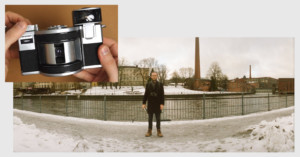
A Look at 35mm Pano Alternatives to the $3,000 Hasselblad XPan
The Hasselblad XPan is a legendary one-of-a-kind 35mm panoramic rangefinder worthy of its cult camera status, but at over $3,000, is it worthy of your money?

The Hasselblad XPan is a legendary one-of-a-kind 35mm panoramic rangefinder worthy of its cult camera status, but at over $3,000, is it worthy of your money?
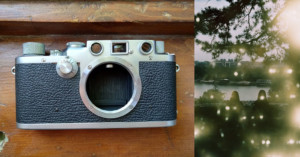
These days I spend most of my time living and traveling between Serbia, Hungary, Ukraine, and Finland, exploring and researching the global analog photography scene as best I can. I do this for my own personal endeavors such as my store, Cameraville.co, as well as my continuing journey with Camerarescue.org (formerly Cameraventures), headed by Juho Leppänen, which I will get into a bit later.
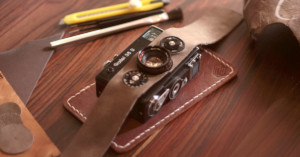
Gear Mat is a new product that's designed for photographers who don't want to use a camera case for their compact camera, yet would like more protection than none. It's an elegant leather pad that provides "protection you need with the look you want."
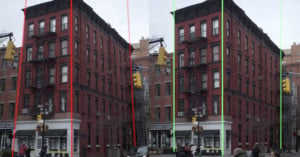
A while back I got my hands on my first tilt-shift lens. Since then I have carried it with me nearly every day, grocery shopping and subway riding – you name it. It’s quite a special and fascinating piece of glass even having aged 43 years.
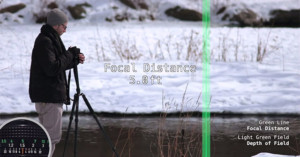
Note: This is part two of a series on depth of field. you can read part one here.
This video is seen from a third person point-of-view, perpendicular to that of what the camera user would see. Depth of field is a phenomenon of near and far, forward and backward from the point of focus. Changing our point of view rotates the axis of the depth of the field 90˚ so that we may view it laterally across the X axis. This helps us better understand the optic principles at play. The overlays in this video visually quantify the changing depth of field at the given lens setting.

Teleconverters are a great way to get some extra reach without having to drop some serious money for a 400mm+ lens. It can be an essential tool for many photographers who are constantly cropping in on their images, even when shooting with a crop camera and telephoto lens. In case you didn't know, a teleconverter is a small lens element that attaches to your lens and increases the effective focal range, typically by a factor of 1.4x or 2x.
Also known as an extender, tele-extender, or a doubler (2x), teleconverters are an important piece of equipment for long lens photography... but is there a limit?